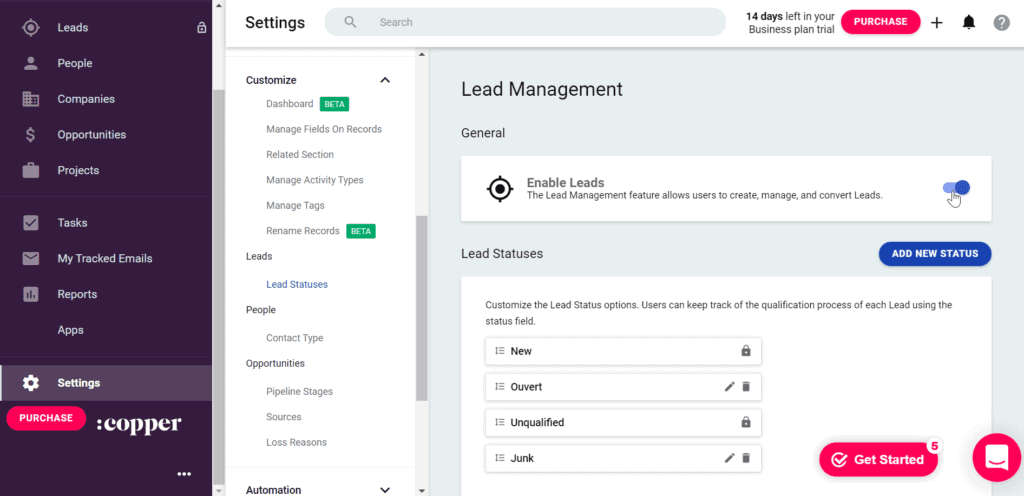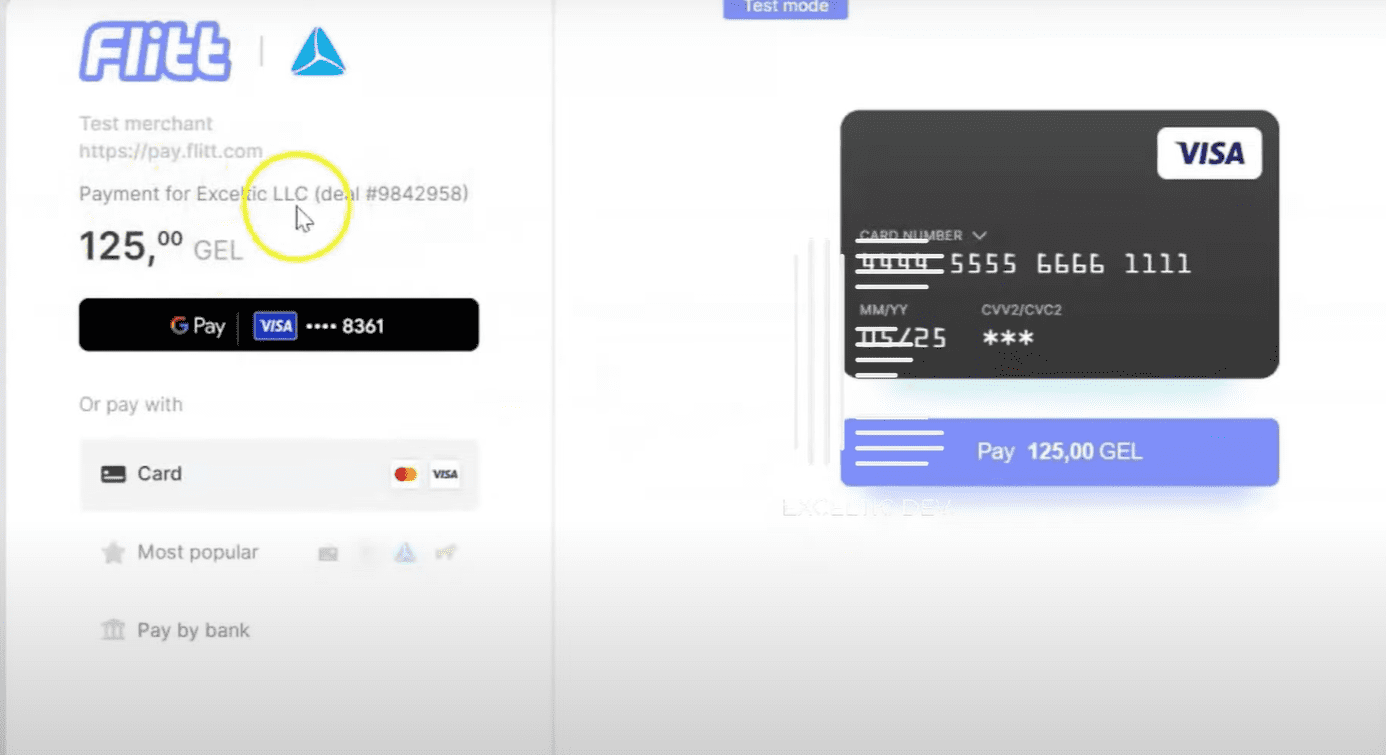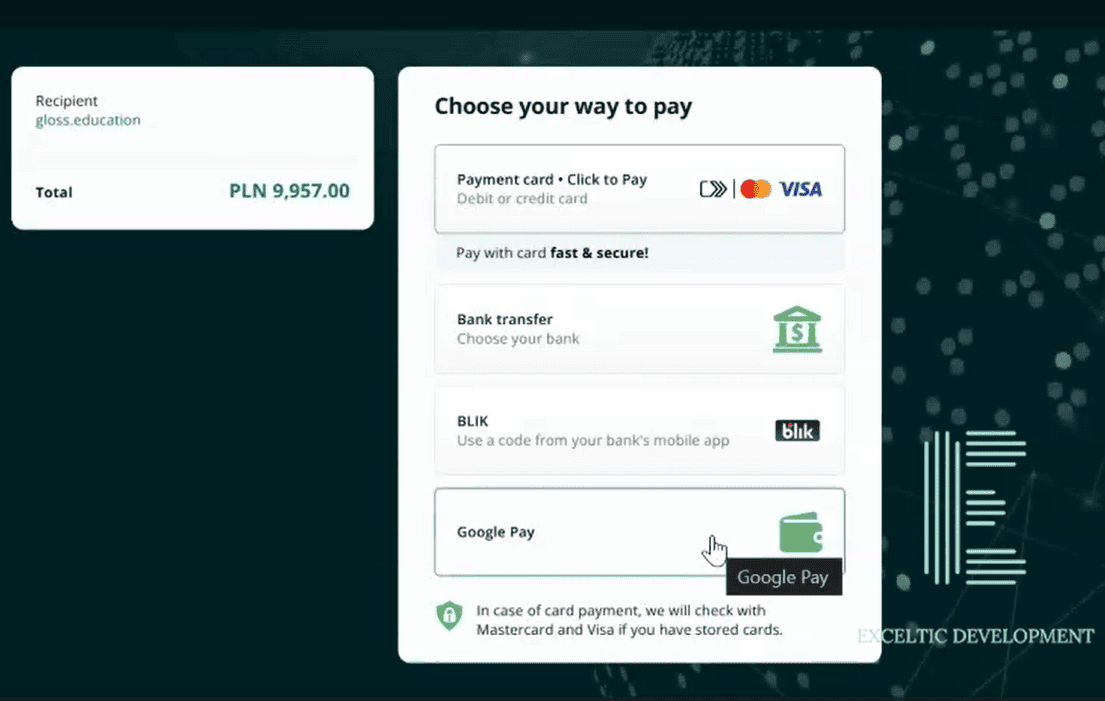Details
An IT company from the USA, which had previously used Copper CRM, faced the need to migrate its database to Kommo. The migration from Copper to Kommo had to include the transfer of all information, including data on companies, contacts, deals, as well as maintaining the relationship between all entities. In addition, the customer wanted to transfer the history of events, tasks, correspondence and calls to ensure full operation with the new system without losing data and context.
Problems before the project starts
While working with Copper CRM, the company encountered several limitations that prompted it to switch to Kommo:
- Limited capabilities for automating business processes.
- Limitations in collecting data on sales funnel events and setting up analytics in Copper.
However, database migration required a special approach due to the volume of information and the need to transfer "Activities" - notes, calls, letters and other data from transactions that are not available with standard data export from Copper, as well as to preserve the connections between all entities.
Solution: Complex Transfer and Synchronization
The data transfer process was divided into several stages:
-
Analysis of data structure in Copper CRM and Kommo
- The data storage formats and connections between companies, contacts and transactions in both systems were studied.
- An assessment of the volume of data and potential risks during its migration was carried out.
-
Transfer of core entities
- Databases of companies, contacts and deals have been transferred to Kommo while maintaining connections.
- For each company, the system had corresponding contacts and related transactions.
-
Migrating interaction history
- The history of tasks has been transferred, including their statuses, deadlines and results.
- The transaction-related emails were saved, allowing managers to continue communicating without losing context.
- Imported call history including date, duration and recorded comments.
-
Testing and data verification
- After the migration was completed, the data was checked for accuracy and completeness. We paid special attention to preserving the relationships between entities so that company data, deals and contacts were displayed correctly.
- Kommo functionality has been tested with imported data to ensure all processes work as expected.
Results of implementation
The data migration from Copper CRM to Kommo was completed in a short time frame and with minimal impact on the team's work. After the migration, the company received:
- A complete database. All companies, contacts and transactions were transferred without losses, with their relationships preserved.
- Saved interaction history. Managers were able to continue working with clients with full access to the history of correspondence, calls and tasks.
- Improved automation capabilities: Kommo was able to set up automated processes and analytics that were not available in Copper CRM.
Technical aspects
APIs of both CRMs were used for migration. Scripts automated data transfer, ensuring correct processing of large arrays of information.
Migrating data from Copper CRM to Kommo allowed the company to seamlessly switch to the new platform without losing data or time. By describing this case, we would like to emphasize the importance of a professional approach to migration in order to maintain the continuity of business processes and ensure comfortable work of the team in the new CRM.





